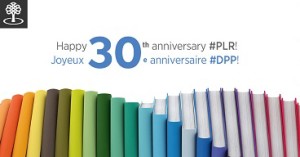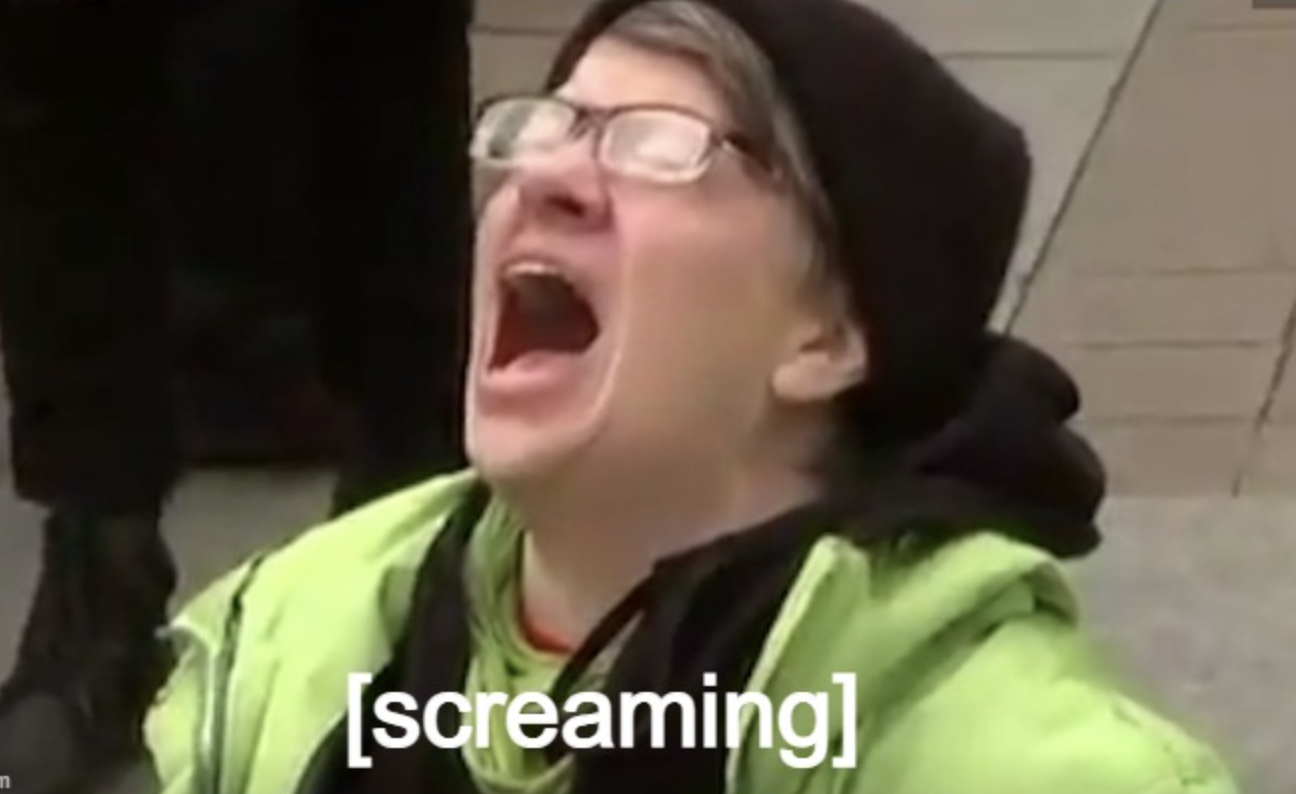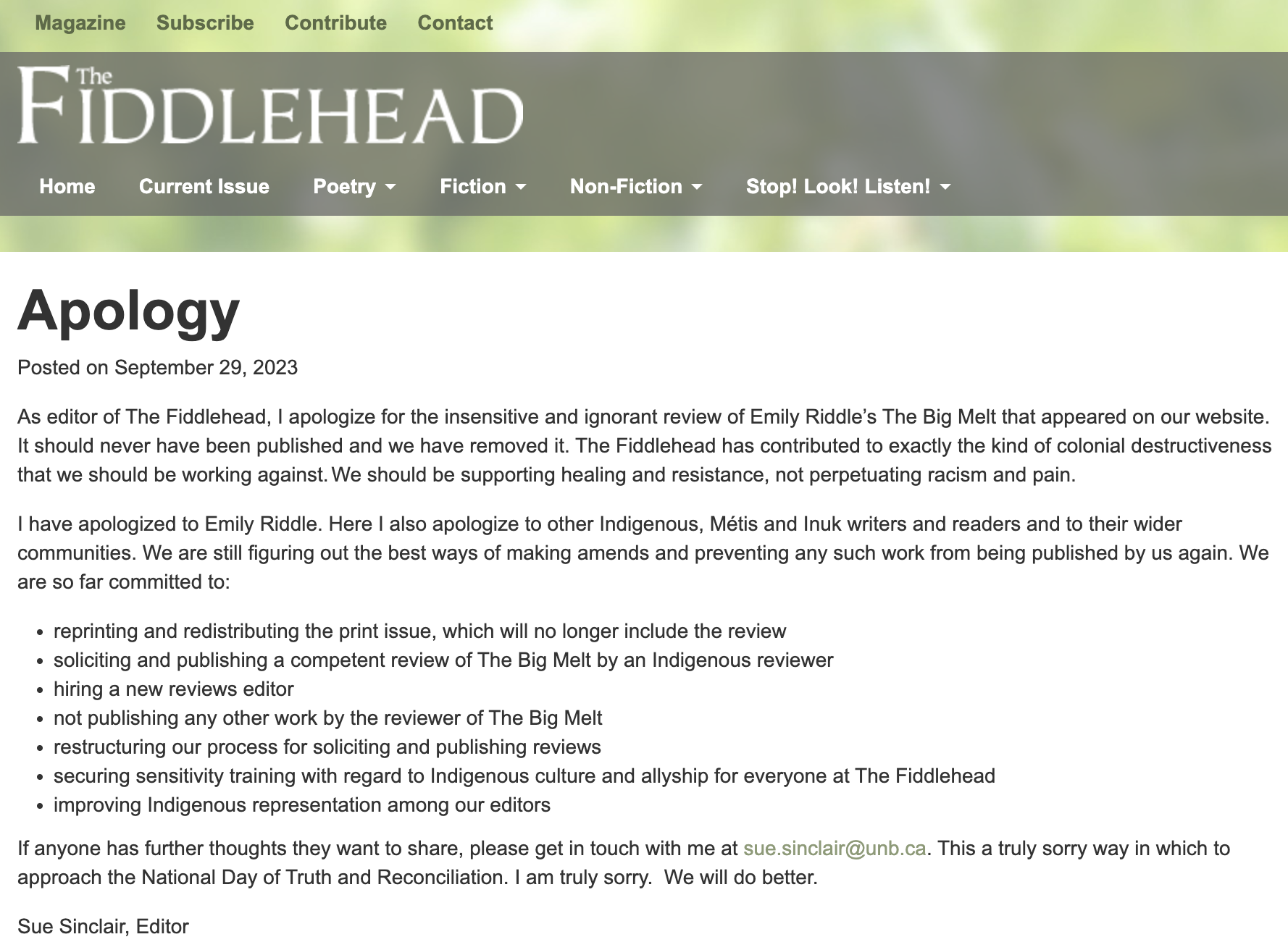Every year I get a sad little cheque for being a writer. The cheque would be much larger if I had more books in circulation, but for now it’s just a sad little cheque. For some writers, I’m sure the program is a significant source of income.
 The Public Lending Right Commission distributes cheques based on the number of times a book has appeared in a search of selected lending libraries. According to their 2014-2015 Annual Report, 20,504 authors have registered 95,610 eligible works in the program. The minimum payment floor was $50, the maximum was $3,563, and the average payment was $577. The minimum payment floor meant that 2,335 authors did not receive any payment. The cut-off ensures that “the value of a PLR payment continues to have impact and provide meaningful value to recipients.” Despite a 1.4% increase in registered authors, there was a 9.66% drop in the number of authors receiving payment. Generally, I support the minimum floor initiative. No one really wants to take the time to deposit a cheque for $2.37. It’s interesting that they decided $50 was the needle-moving amount. Being a generally impoverished group, I wonder how many writers would agree with that figure. I would support boosting the minimum floor to $100 even though that’s below the level I currently receive from the program.
The Public Lending Right Commission distributes cheques based on the number of times a book has appeared in a search of selected lending libraries. According to their 2014-2015 Annual Report, 20,504 authors have registered 95,610 eligible works in the program. The minimum payment floor was $50, the maximum was $3,563, and the average payment was $577. The minimum payment floor meant that 2,335 authors did not receive any payment. The cut-off ensures that “the value of a PLR payment continues to have impact and provide meaningful value to recipients.” Despite a 1.4% increase in registered authors, there was a 9.66% drop in the number of authors receiving payment. Generally, I support the minimum floor initiative. No one really wants to take the time to deposit a cheque for $2.37. It’s interesting that they decided $50 was the needle-moving amount. Being a generally impoverished group, I wonder how many writers would agree with that figure. I would support boosting the minimum floor to $100 even though that’s below the level I currently receive from the program.
PLR will be adding ebooks next year, and that may affect payment for some registrants. I’m grateful there is a cap on payments. If that weren’t the case, 10% of the writers in this country would probably receive 70% of the payments, and Margaret Atwood already sleeps on a mattress stuffed with money. Modernizing the program is a stated priority of the Committee, and given the digitalization of library records, they could theoretically make payments on the basis of how many times a book is checked out. Assuming such a network exists, they could collect data from every library in Canada, not just a select few.
Other considerations include the changing nature of libraries in general. Are they becoming study rooms? Are modern libraries allocating less space for actual books? Do libraries now function as vast study halls for students who live in cramped and noisy conditions? This seems to be the case in Vancouver. It’s beyond the scope of this post, but I’d love to know how libraries decide which books to buy and which ones to turf. There must be some culling algorithm which factors the publication date along with the frequency of check out. But you’d also have to allow for the canonization of certain books, always present on the shelf regardless of age and popularity. I might have to consult my library expert for his views on the subject.
My share of the PLR pie has dropped over the years:
2012 – $153.60
2015 – $106.89
2016 – $71.12
I haven’t kept very good records of payments, but the report for 2012 mentioned that I had four hits out of seven, meaning they found my book in four of seven libraries that were selected for sampling. In 2016 I had two hits. It makes sense, given the publication date.




Having been outed as a “library expert,” I can say a few words about the weeding of books and the demand for space, at least from the point of view of academic libraries. Libraries are trying to supply both, but resources are limited and so sometimes hard choices have to be made. It is the rare academic library which has the luxury to simply collect and collect printed books and other materials, without feeling the need to weed it. The word “weed” is instructive here, because the analogy is often made between tending one’s garden and tending one’s collection. Judicious, evidence-based weeding is necessary in both cases. What do you want your garden to be? Do you want it to have lots of X and not so much Y? Do you want to be able to walk in it in addition to simply feeding yourself? Libraries that don’t have the luxury of growing and growing do often use evidence-based methods to make (sometimes) hard decisions about what to weed or what to move to an on- or offsite storage facility. Often the bar is very low (or high?): if a book has been in the library and has never, ever been used, or hasn’t been checked out in 20 years, then that’s likely a good candidate for consideration for weeding.
These weeding decisions are often made in the context of there also being strong demands for space for study (and other purposes) in an academic library as well. Students need study space of all flavours: a place to sit and study by themselves; a study room in which they can close the door and work with a group of 6 or 8; an open space where they can work collaboratively with other students and their professor on a project or assignment.
it’s never easy to decide what to allocate the precious space to.
Thanks for a comment that’s better than the original post! I wonder how often the phrase “disruptive technologies” comes up at library science conferences. The intertubes seem to have changed everything. I don’t know if you’ve seen the film Spotlight yet, but there’s a scene where investigative reporters discover they can track down pedophile priests by using obscure directories that list the priests in each parish and their current status. That seems to be one of the important aspects of libraries: access to obscure information you might not find anywhere else. And if it’s true that Millennials are driving the “sharing economy”, maybe that will spill over into new enthusiasm for libraries and what they can provide.